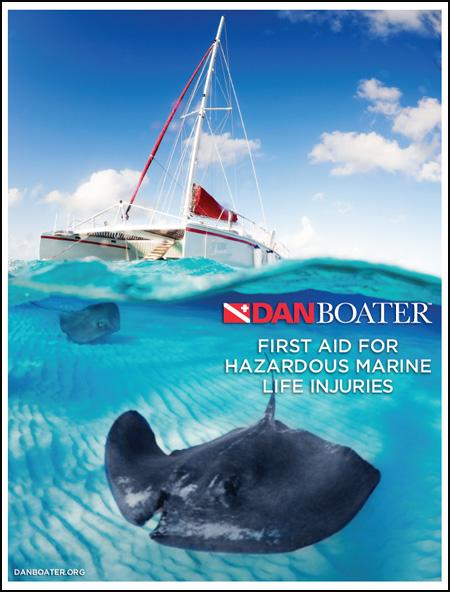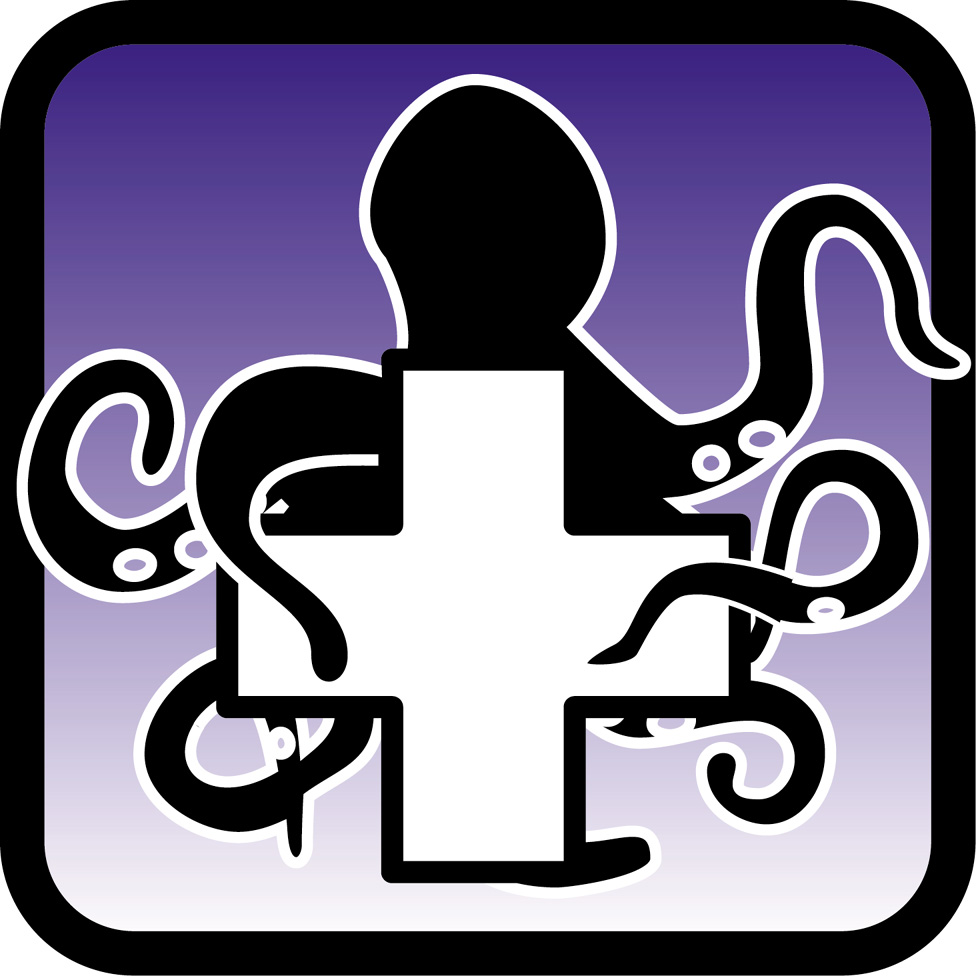Hazardous Marine Life Injuries (HMLI)

This course, First Aid for Hazardous Marine Life Injuries, represents entry-level training designed to educate the general diving (and qualified non-diving) public to identify hazardous marine life, to recognize possible injuries caused by hazardous marine life, to provide first aid for hazardous marine life injuries and to avoid hazardous marine life injuries.
The objectives of this course are to train and educate the general diving public and interested nondivers in the first aid techniques for a suspected hazardous marine life injury. In addition, this course will introduce divers to the identification of potentially hazardous marine life and how to avoid hazardous marine life injuries.
This program also provides an excellent opportunity for experienced divers and instructors to continue their education.
Requirement: Nothing
Age : 15 years
Lenght : 4 hours
Learning Objectives
At the end of this program, DAN First Aid for Hazardous Marine Life Injuries course participants will be able to:
- Identify the four types of hazardous marine life injuries.
- Name at least five venomous marine animals.
- List five common warning signs of an envenomation.
- Describe the appropriate first aid procedure for managing a venomous marine animal injury.
- Name at least three aquatic animals that may bite a diver.
- List two common warning signs of marine animal bite.
- Describe the appropriate first aid procedure for managing a bite from a marine animal.
- Name at least three marine animals that may cause irritations to the diver.
- List at least four common warning signs of irritations.
- Describe the appropriate first aid procedure for managing brushes with aquatic life.
- Identify two common types of seafood poisonings.
- Name at least three types of fish that can cause seafood poisoning.
- List three common warning signs of seafood poisoning.
- State the reason why evaluation by a medical professional is necessary when seafood poisoning
is suspected. - Describe the appropriate first aid procedures for managing suspected seafood poisoning.
- Perform a scene safety assessment.
- List the steps in performing a scene safety assessment.
- Assess the Airway, Breathing and Circulation (ABCs) of an injured diver.
- Demonstrate a caring attitude towards a diver who becomes ill or injured.
- Establish and maintain the Airway and Breathing (perform Rescue Breathing) for an injured diver.
- Describe the importance of the use of supplemental oxygen as a first aid measure for injured
divers. - Demonstrate the techniques for controlling bleeding including direct pressure, elevation and the
use of pressure dressings and pressure points. - Locate and demonstrate the use of pressure points to control external bleeding.
- Apply dressings and bandages to manage wounds caused by hazardous marine life.
- Demonstrate an ongoing assessment and manage shock.
- Demonstrate the pressure immobilisation technique.
- List the components of an Emergency Assistance Plan.
- Describe at least five techniques or guidelines that minimize the risk of injury from marine animals.


